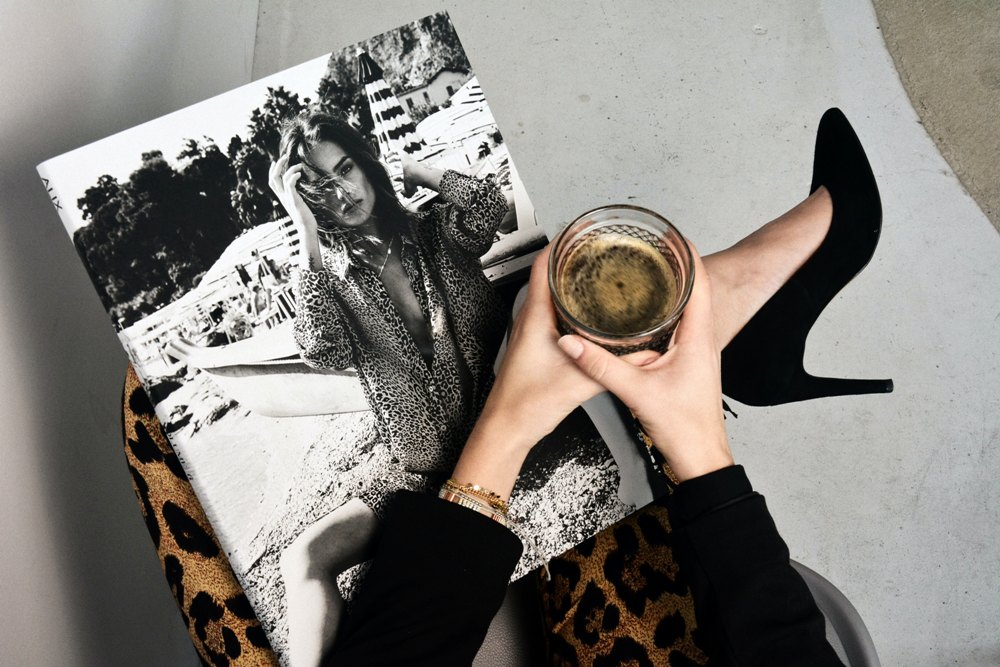
The fashion industry is a dynamic and ever-evolving sector that constantly undergoes changes and introduces new trends. From clothing and accessories to footwear and beauty products, fashion plays a significant role in our lives, reflecting our personal style and influencing the way we present ourselves to the world. In recent years, several notable trends have emerged in the fashion business, transforming the way brands operate and consumers engage with fashion. In this article, we will explore some of the recent trends that have shaped the fashion industry and continue to impact the way we perceive and consume fashion.
Digital Transformation and E-Commerce
The advent of technology and the rise of e-commerce have revolutionized the fashion business. Online shopping has become increasingly popular, allowing consumers to browse and purchase fashion products from the comfort of their homes. With the rise of social media and influencers, brands are leveraging digital platforms to reach their target audience and promote their products. The use of augmented reality (AR) and virtual reality (VR) technologies is also becoming more prevalent, enabling customers to virtually try on clothing and accessories before making a purchase. The digital transformation has not only changed the way consumers shop but has also transformed the way brands market and sell their products.
Customization and Personalization
With the rise of fast fashion, consumers are seeking unique and personalized fashion experiences. Customization and personalization have become key trends in the fashion business, allowing individuals to express their individuality and create garments that reflect their personal style. Brands are offering customization options, such as personalized monograms, color choices, and fit adjustments, to cater to this demand. The advent of 3D printing technology has also opened up new possibilities for customization, enabling consumers to design and create their own unique fashion pieces.
Influencer Culture and Collaborations
Influencer culture has had a significant impact on the fashion industry, with social media influencers becoming powerful voices in shaping consumer trends and preferences. Brands are increasingly collaborating with influencers to promote their products, tapping into their large and engaged followings. These collaborations not only generate brand awareness but also help brands connect with their target audience on a more personal level. Influencer collaborations also provide opportunities for brands to tap into niche markets and reach new consumer segments.
Athleisure and Activewear
The rise of athleisure and activewear is another notable trend in the fashion business. As consumers prioritize comfort and versatility, the lines between sportswear and everyday fashion are blurring. Athleisure has become a dominant trend, with people opting for stylish and functional activewear that can be worn beyond the gym. Brands are responding to this demand by incorporating manufacturing processes into their activewear collections. The focus on activewear reflects the broader shift towards additional fashion choices.
Circular Fashion and Rental Services
Circular fashion, which promotes recycling, upcycling, and reusing clothing items, has gained momentum in recent years. Brands are embracing circularity by incorporating recycled materials into their collections, offering repair services, and encouraging consumers to recycle or donate unwanted garments. Additionally, rental services have emerged as a sustainable alternative to traditional fashion consumption. Consumers can now rent clothing and accessories for special occasions or everyday wear, reducing the need for excessive consumption and contributing to a more circular fashion economy.
The fashion business is constantly evolving, driven by changing consumer preferences, technological advancements, and societal shifts. The trends discussed in this article highlight the industry's response to the growing demand for sustainability, inclusivity, personalization, and digital experiences. As consumers become more conscious of their fashion choices and seek unique and meaningful experiences, brands are adapting their strategies to meet these expectations. The future of the fashion industry lies in embracing these trends and continuing to innovate to create a more sustainable, inclusive, and engaging fashion landscape.
EDITORIAL POLICY
Editorial Policy: The Flash List is dedicated to providing trustworthy editorial content by maintaining strict ethical standards, journalistic integrity, and credible professionalism regardless of any remuneration as working media. The Flash List is not affiliated with third-party companies mentioned and makes no endorsement or guarantee expressed or implied. The preceding article is intended for informational reference only, and does not constitute advice of any kind. Moreover, a qualified professional should be consulted regarding any lifestyle consideration, medical treatment, or monetary transaction, etc. Content contains affiliated link(s) for which compensation was received in accordance with USFTC regulations and terms and conditions.
MORE ON THE FLASH LIST
































